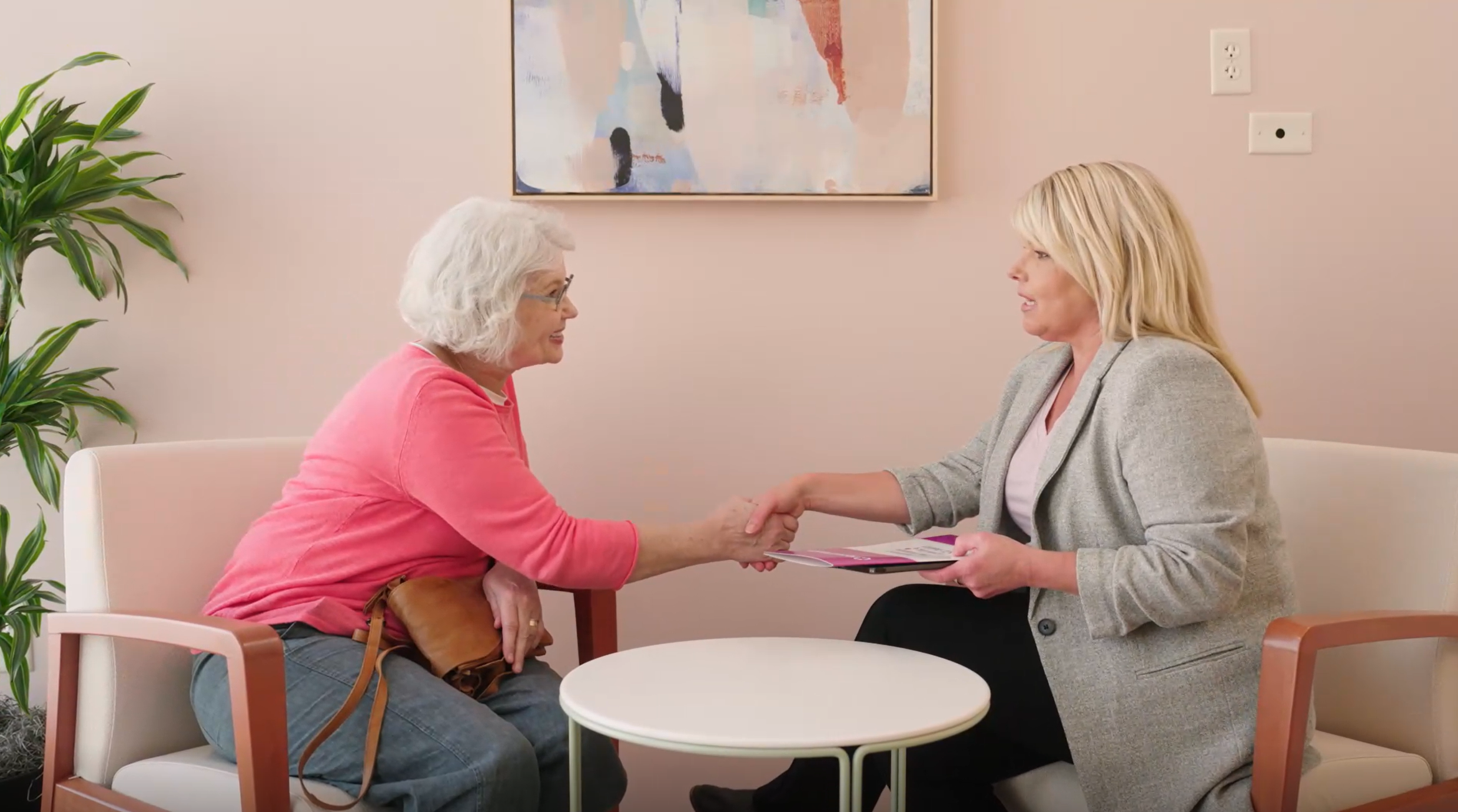
Patient Resource Center
Welcome to your go-to health resource! Each month, we spotlight key topics to keep women informed and empowered. Explore health risks, how conditions affect women differently, and practical wellness tips. Plus, find helpful products and resources to support your well-being. Check back regularly for new topics!
Looking for more health topics? Scroll to the bottom to explore more resources!



